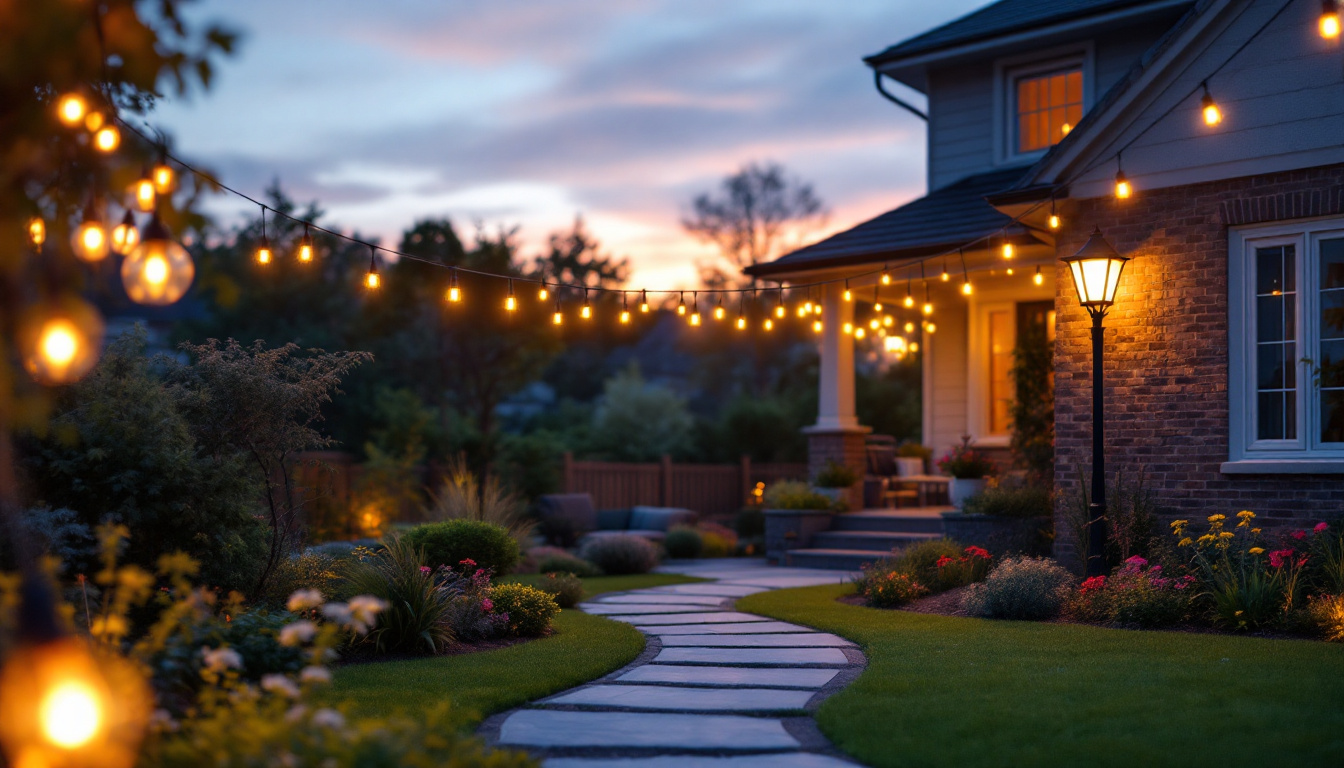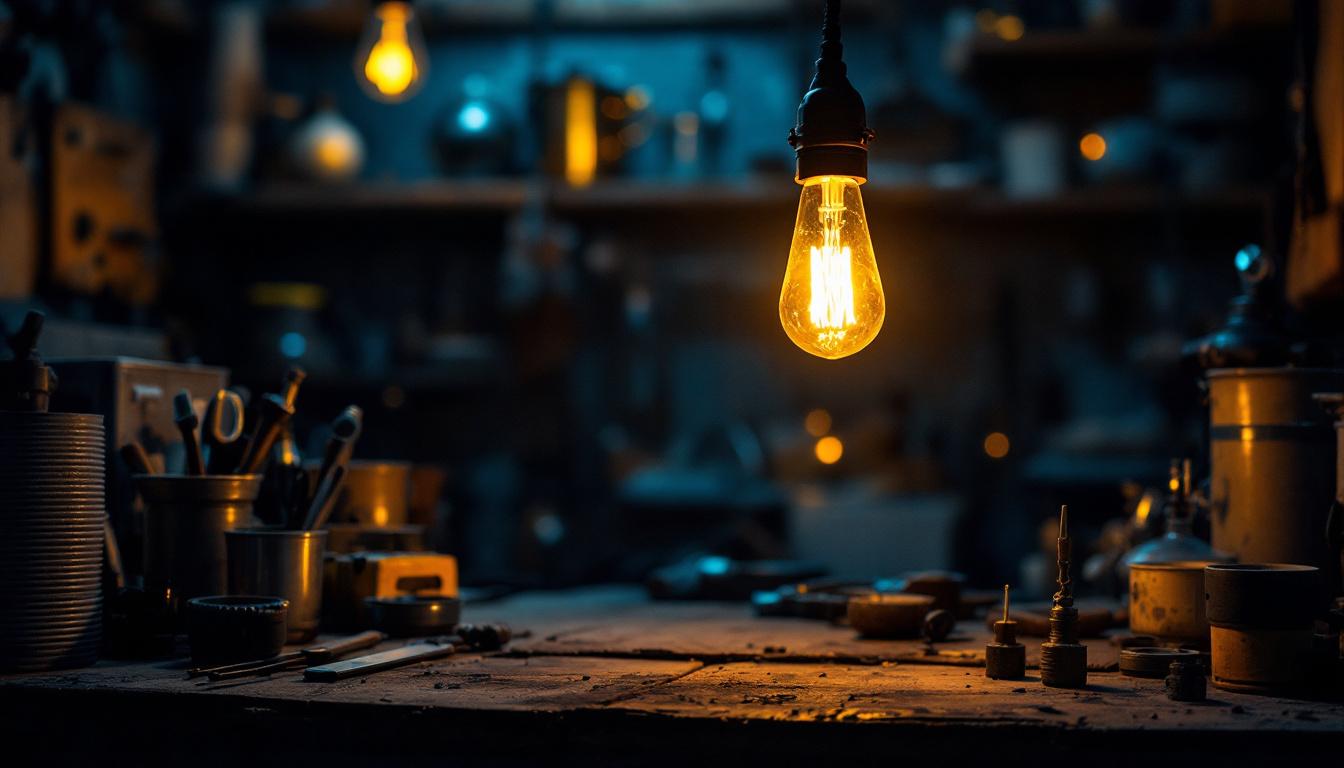
The invention of the light bulb marked a pivotal moment in human history, transforming the way people live and work. The first successful incandescent light bulb was not just a technological breakthrough; it was a glimpse into a future illuminated by artificial light. But how long did this groundbreaking invention actually stay lit? Understanding the duration of its initial glow provides insight into the challenges faced by early inventors and the evolution of lighting technology.
The first light bulb, crafted from carbon filament, managed to stay lit for a remarkably short period. While the exact duration can vary based on different accounts, it is widely recognized that it illuminated for several hours during its initial tests. This brief yet significant glow opened the door to further experimentation and refinement, leading to longer-lasting and more efficient lighting solutions. The excitement surrounding this invention was palpable, as it represented not just a new way to light up homes and streets, but also a shift in societal norms. People began to envision a world where night could be as productive as day, leading to changes in work hours and social activities.
The early days of electric lighting were fraught with challenges. The materials available at the time were not conducive to long-lasting illumination. Filaments burned out quickly, and the technology was not yet sophisticated enough to produce a reliable and sustainable light source. These limitations pushed inventors to innovate, leading to advancements in materials and design that would eventually result in the modern light bulb. For instance, Thomas Edison and his team experimented with over 6,000 different substances to find the perfect filament, ultimately settling on carbonized bamboo, which significantly improved the bulb’s longevity. This relentless pursuit of improvement not only showcased the ingenuity of the inventors but also laid the groundwork for future innovations in electrical engineering and materials science, paving the way for the lighting systems we take for granted today.
From the initial incandescent bulb to the advent of fluorescent and LED technology, the evolution of lighting has been a journey of innovation. Each step in this progression has not only improved energy efficiency but has also created new business opportunities for lighting contractors. The transition from simple flame-based lighting to electric solutions has transformed not just how we illuminate our spaces, but also how we interact with them, paving the way for smart lighting systems that integrate seamlessly into our daily lives.
As the demand for reliable lighting grew, so did the need for more durable filaments. The introduction of tungsten filaments significantly extended the lifespan of light bulbs, allowing them to stay lit for much longer periods. This advancement not only improved the user experience but also set the stage for the widespread adoption of electric lighting in homes and businesses. The development of halogen bulbs further refined filament technology, providing brighter light and improved color rendering while maintaining energy efficiency. These innovations not only enhanced visibility but also influenced architectural design, encouraging the use of lighting as a key element in creating ambiance and highlighting features in both residential and commercial spaces.
With growing environmental concerns and rising energy costs, the shift towards energy-efficient lighting became essential. Compact fluorescent lamps (CFLs) and light-emitting diodes (LEDs) emerged as viable alternatives to traditional incandescent bulbs. These technologies offered longer lifespans and reduced energy consumption, making them attractive options for both consumers and businesses. Additionally, the integration of smart technology into lighting systems has allowed users to control their lighting remotely, adjust brightness levels, and even change colors to suit their mood or activity. This adaptability not only enhances energy savings but also promotes a more sustainable lifestyle, as users become more conscious of their energy consumption and its impact on the environment. The ongoing research into organic LEDs (OLEDs) and other emerging technologies promises to further revolutionize the lighting industry, offering even more efficient and versatile solutions that cater to the evolving needs of modern society.
The evolution of lighting technology presents numerous business opportunities for lighting contractors. Understanding these benefits can help contractors position themselves effectively in a competitive market.
As more consumers and businesses seek to reduce their energy consumption, the demand for energy-efficient lighting solutions continues to rise. Lighting contractors who specialize in energy-efficient installations can attract a broader client base, offering solutions that not only save money but also contribute to environmental sustainability. Furthermore, many governments and organizations provide incentives, such as tax rebates or grants, for adopting energy-efficient technologies. This trend not only boosts the contractor’s appeal but also makes it easier for clients to justify the initial investment in modern lighting systems.
Many older buildings still rely on outdated lighting systems. This presents an excellent opportunity for lighting contractors to offer retrofitting and upgrading services. By replacing old fixtures with modern, energy-efficient options, contractors can help clients reduce energy costs while enhancing the overall aesthetic of their spaces. Additionally, retrofitting projects often allow contractors to showcase their expertise in integrating smart lighting technologies, such as automated controls and IoT-enabled systems, which can further optimize energy use and improve user experience. As businesses increasingly prioritize smart building solutions, contractors who can navigate these advanced technologies will find themselves at a significant advantage in the marketplace.
With the growing emphasis on workplace safety and compliance with regulations, lighting contractors have the chance to play a crucial role in ensuring that installations meet current safety standards. Proper lighting is essential for preventing accidents and enhancing visibility in commercial and industrial settings. Contractors who stay informed about local codes and regulations can provide invaluable guidance to their clients, ensuring that their lighting systems not only enhance aesthetics but also comply with safety requirements. This proactive approach can lead to long-term partnerships and repeat business, as clients will appreciate the contractor’s commitment to quality and safety.
In the competitive landscape of lighting contracting, understanding client needs is paramount. This involves not only knowing the technical aspects of lighting but also being attuned to the preferences and requirements of various clients.
Clients today are looking for customized lighting solutions that reflect their personal style and functional needs. Lighting contractors who can offer personalized designs and tailored solutions are likely to stand out in the market. This approach not only enhances client satisfaction but also fosters long-term relationships, leading to repeat business and referrals.
The lighting industry is constantly evolving, with new technologies and trends emerging regularly. Contractors must stay informed about the latest advancements in lighting technology, design trends, and energy regulations. By being knowledgeable about current trends, contractors can provide informed recommendations to clients, positioning themselves as trusted experts in the field.
In recent years, smart lighting systems have gained significant traction. These systems offer advanced features such as remote control, automation, and energy monitoring, appealing to tech-savvy consumers and businesses alike.
Smart lighting can be integrated with home automation systems, allowing users to control their lighting through smartphones or voice commands. Lighting contractors who offer installation and support for smart lighting systems can tap into a growing market segment that values convenience and connectivity.
Smart lighting systems often come equipped with energy monitoring features, enabling users to track their energy usage in real time. This capability not only helps clients manage their energy consumption but also provides an opportunity for contractors to educate clients about energy efficiency and potential savings.
Effective marketing is essential for lighting contractors looking to grow their businesses. By employing targeted marketing strategies, contractors can reach potential clients and showcase their expertise.
Social media platforms and online marketplaces provide an excellent avenue for lighting contractors to showcase their work and connect with potential clients. By sharing project photos, client testimonials, and industry insights, contractors can build a strong online presence that attracts new business.
Networking with other professionals in related industries, such as interior design or construction, can lead to valuable collaborations. By establishing partnerships, lighting contractors can gain referrals and access new client bases, enhancing their overall business reach.
The journey of lighting technology from the first incandescent bulb to today’s advanced lighting solutions has been remarkable. For lighting contractors, this evolution presents both challenges and opportunities. By staying informed about industry trends, understanding client needs, and leveraging marketing strategies, contractors can position themselves for success in a rapidly changing market.
As the demand for energy-efficient and smart lighting solutions continues to grow, lighting contractors have the chance to lead the way in providing innovative solutions that meet the needs of modern consumers. By embracing these changes, contractors can not only thrive in their businesses but also contribute to a more sustainable and illuminated future.
Ready to take advantage of the latest advancements in lighting technology and provide your clients with energy-efficient, high-quality solutions? Look no further than LumenWholesale. We offer contractors an unbeatable selection of spec-grade lighting products at wholesale prices that defy local distributor markups. Our commitment to quality and affordability ensures that you can light up any space with confidence, backed by the convenience of hassle-free bulk purchases and free shipping. Elevate your lighting game and give your projects the brilliance they deserve. Discover the value and quality that LumenWholesale brings to your business by visiting Wholesale Lighting at the Best Value today.

Discover how Lampen Restaurant can save lighting contractors time and money with innovative solutions.

Discover how lighting contractors are transforming outdoor spaces with innovative backyard lighting solutions.

Discover the history behind the invention of the light bulb and explore its pivotal role in shaping modern lighting solutions.

Discover how Mountain Top Lighting can boost your profits with expert tips for lighting contractors. Learn proven strategies to grow your business today!.